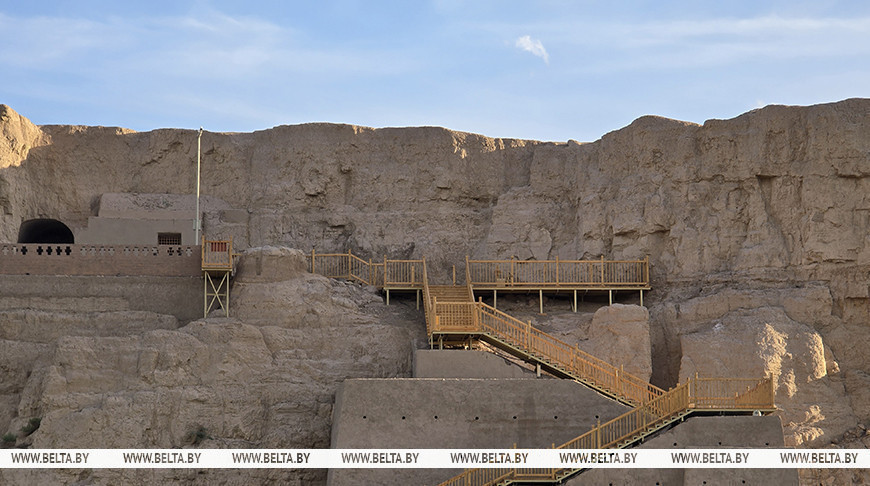
Beijing, Shanghai, Chongqing, Wuhan, Guangzhou... Most often, China is associated with endless metropolises, huge skyscrapers, bright signs and an endless flow of people. But China is very diverse and you can see it in Turpan, an oasis city situated within the Turpan Depression. Although the mercury hits extreme highs in summer, Turpan invariably attracts tourists. There's really a lot to see here. We will tell you what things in Turpan are must-sees.
Land of Flaming Mountains
From the window of the bus you see fascinating views. Far on the horizon rise huge mountains, against which even multi-storey houses look miniature. To readers familiar with Chinese literature, they are known as the Flaming Mountains. The characters of the classic novel “Journey to the West” tried to overcome these impregnable hills. Although the book was written almost five centuries ago, it is still loved in China. It is a recommended read to anyone who wants to explore the local culture.
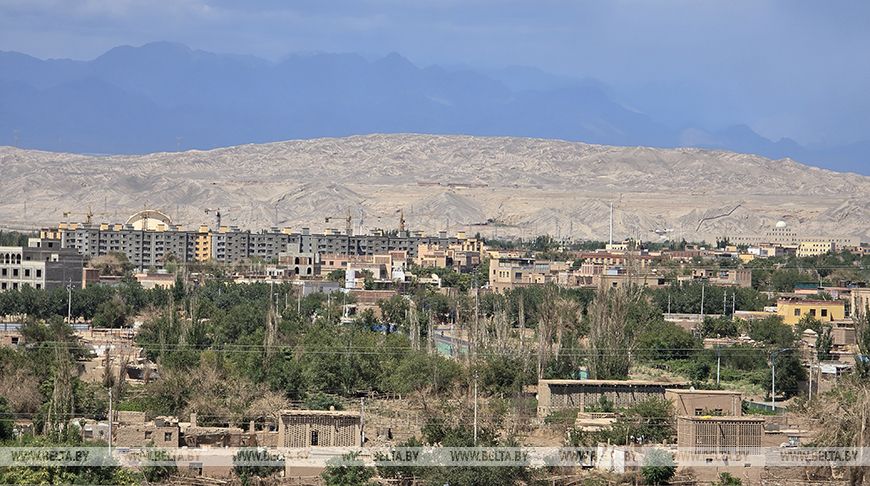
Today, the Flaming Mountains live up to their name, and at certain times of the day they really look like a flame. This area is considered the hottest point in China. The air temperature here can reach +45°C, the soil temperature - even more. The sand is very hot and, as the locals say, has healing properties and helps get rid of joint pain. Getting out of an air-conditioned bus you have a feeling of getting into a sauna. At first you grasp at air heated to several tens of degrees. But you get used to the heat over time.
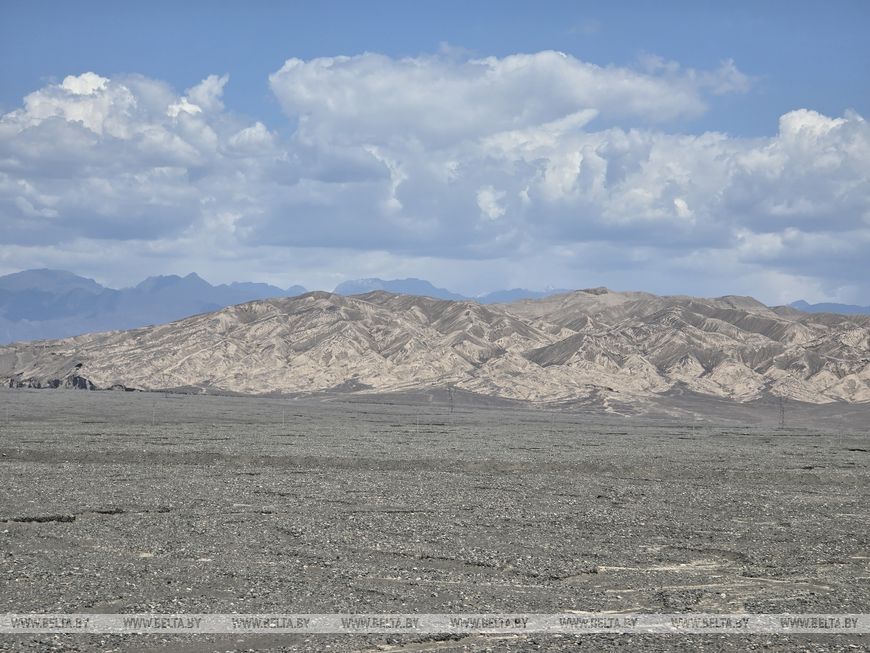
All this gives a unique opportunity to test the equipment and its ability to operate in extreme weather conditions. Flame Mountain Automotive Inspection Co. is based here. The Corporation is studying the safety of operation of equipment at high temperatures. For example, low-altitude aircraft or vehicles running on new sources of energy. The test site is located at the foot of the Flaming Mountains - hence the name of the corporation.
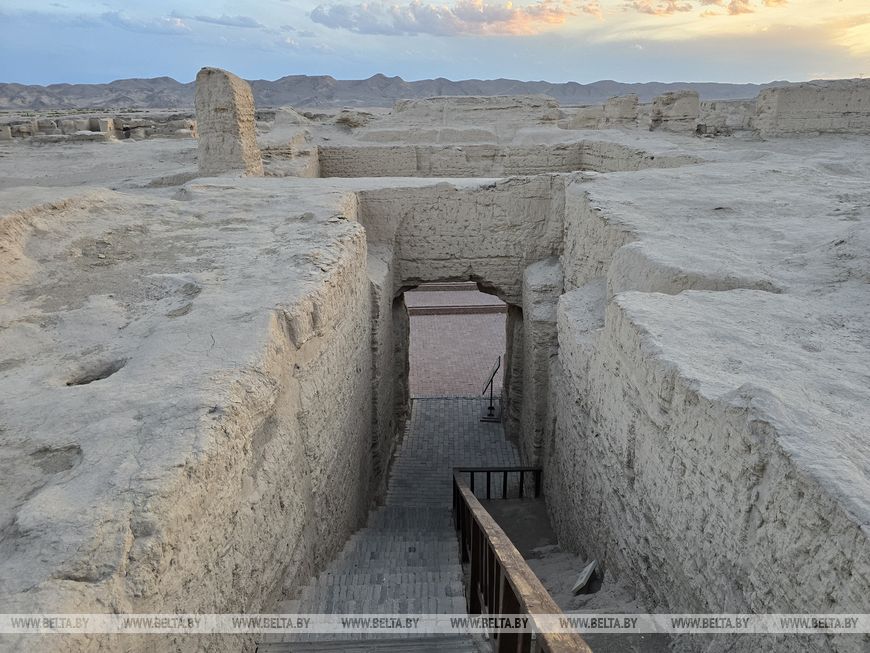
Wandering around Jiaohe
Even locals sometimes struggle with this heat. That is why Turpan comes alive only after sunset. The weather becomes comfortable enough to go out and see local sights. The most important of them are, of course, the ruins of the city of Jiaohe, which are more than two thousand years old. Walking near the dilapidated walls, you feel the atmosphere of familiar oriental tales and delve into the history of this city that witnessed many historical events.
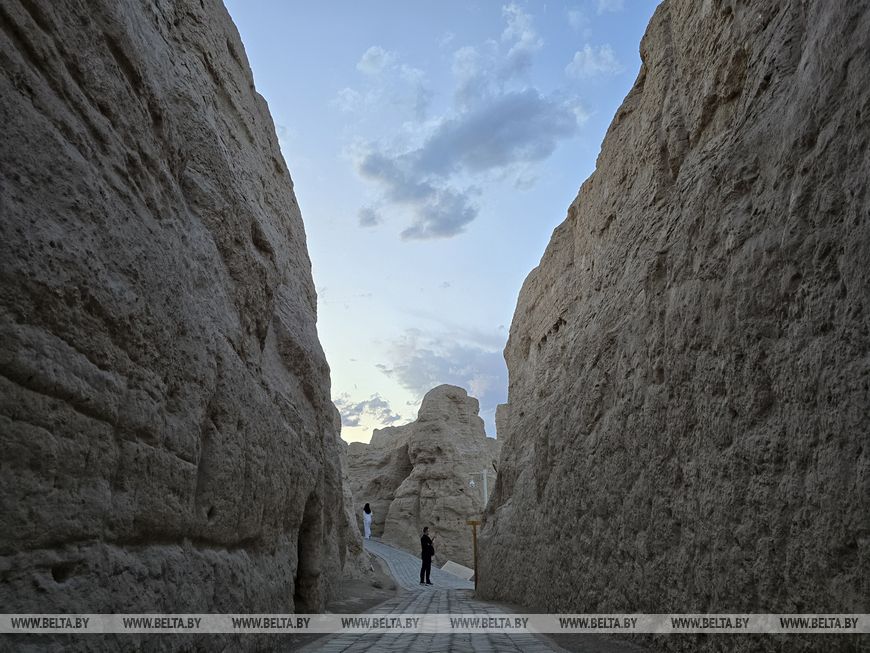
Jiaohe went through several wars and was nearly destroyed during the Mongol invasion in the 13th century. In the last century, the PRC government partially excavated the city and placed the ruins under protection. Now it is one of the historical monuments of the Xinjiang Uyghur Autonomous Region. Anyone can touch the ruins of the city, which was built before our era. Slowly strolling along a narrow paved road, we are heading to an improvised stage. It turns out that this was a kind of prelude to the “Night of Jiaohe” - an open-air folk music concert.
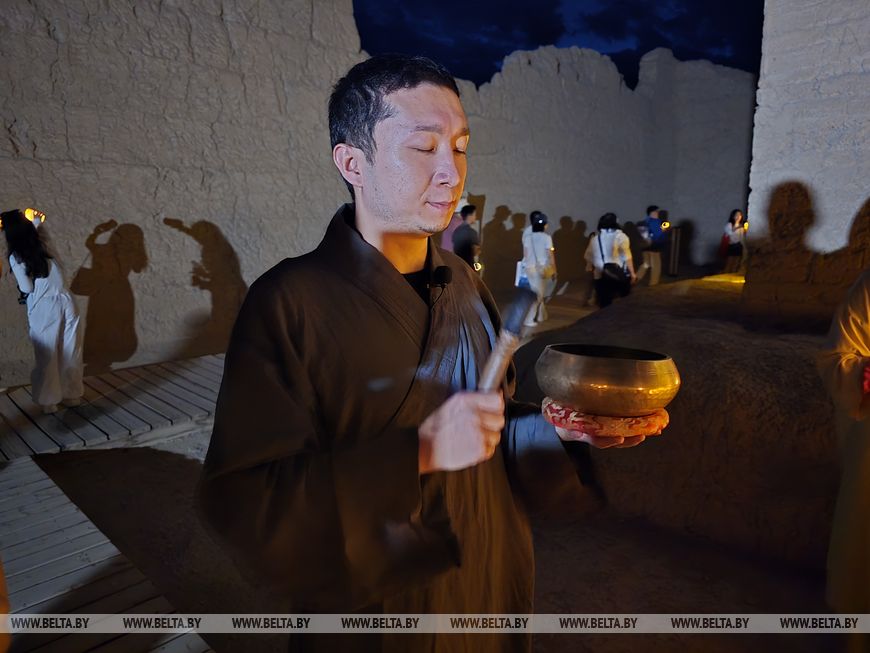
Dozens of small lamps resembling candles are placed on the site of the Great Buddha Temple. This is the only source of light during the “Night of Jiaohe” concert, which creates an unforgettable atmosphere. A monk with a cane comes onto the stage and begins to read poetry. The audience falls silent. The monk does not even need a microphone – so silent it is around. The monk’s voice is calm and quiet. When the recitation ends, music starts playing in the background. The sound of the instrument resembles that of a flute. The musician’s face is almost impossible to see. This is the idea behind the “Night of Jiaohe”: to create an immersive and uninterrupted experience where the listener can fully engage with the music’s message and emotional content.
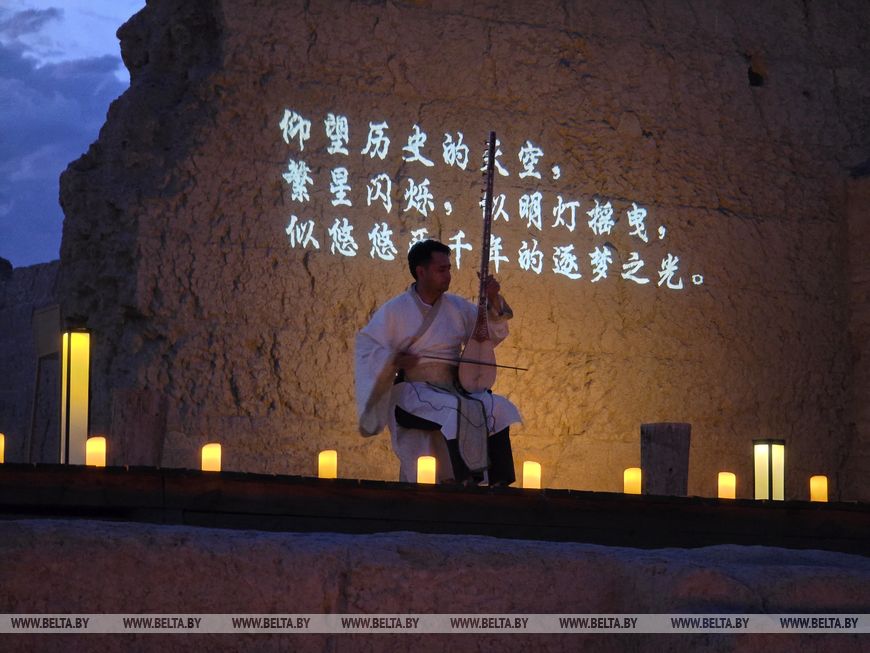
Each music entry is preceded by recitation of poems and essays. The names are very poetic - “Emotions of a thousand-year-old Jiaohe”, “If I were a monk wandering around Jiaohe”... In fact, it is not necessary to become a monk to be able to wander around Jiaohe and experience its unique vibe.
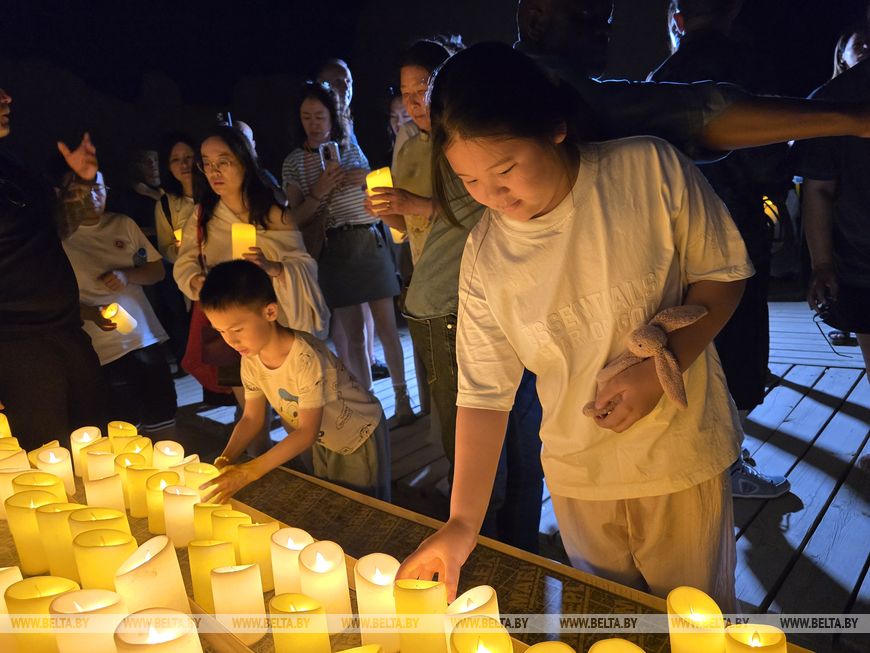
The concert lasts more than half an hour. Almost no one is distracted by their phones. Occasionally, listeners take a few photos or short videos - that's all. The performance ends, and the monks invite the audience to follow them to the Great Buddha Temple. Everyone takes a candle and places it at the monument. In order for Buddha to hear your wish, you need to walk around the monument clockwise.
The Thousand Buddha Caves
The Grand Buddhist Temple is located in Turpan for a reason. Nearby, there is another fascinating stop on the tourist route: the Thousand Buddha Caves. This is one of the largest Buddhist monuments in China. The temples are literally carved into mountain caves, which already makes for a striking sight. At a height of several dozen meters above ground, small niches are cut directly into the cliffs. To reach them, you need to climb over a hundred steps.
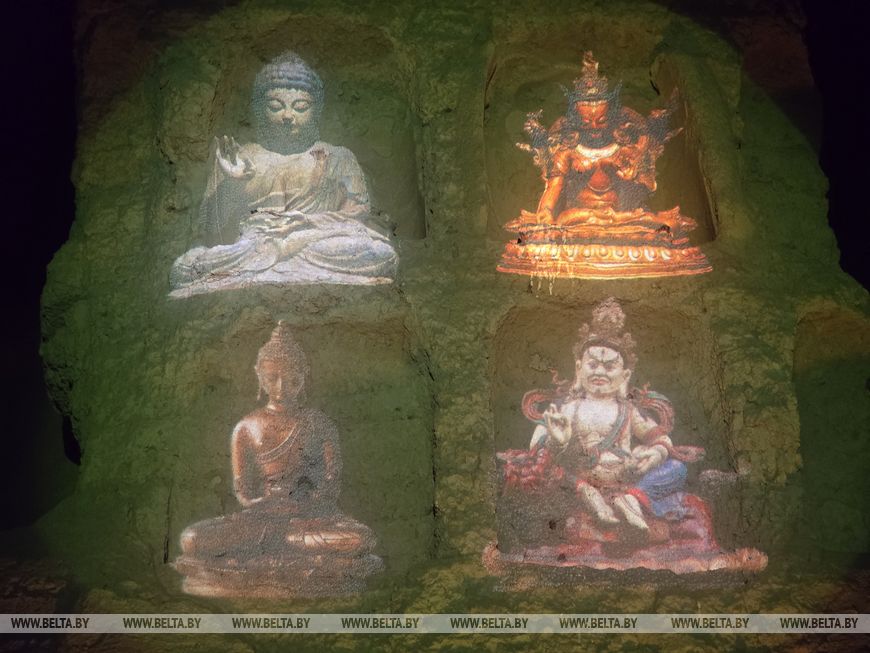
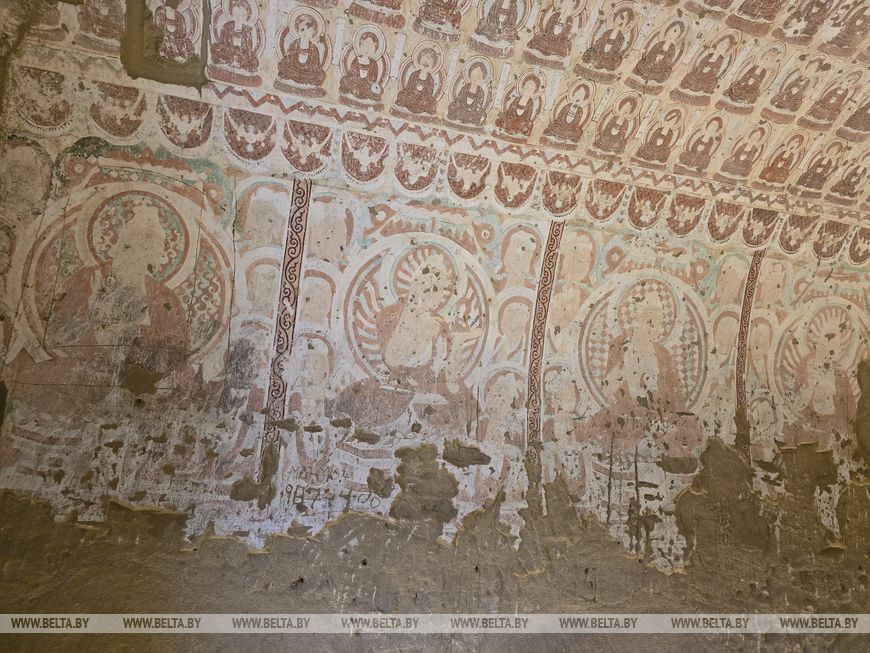
What is also remarkable is the quality of the artwork: the depictions and names of the Buddhas are still beautifully preserved to this day, even though construction of the temples began about fifteen hundred years ago! It’s said that in the past century, archaeologists from other countries who visited the caves removed and took away some of the frescoes. Today, Buddhas from these temples can be seen as museum exhibits in Germany, the United Kingdom, and Russia…
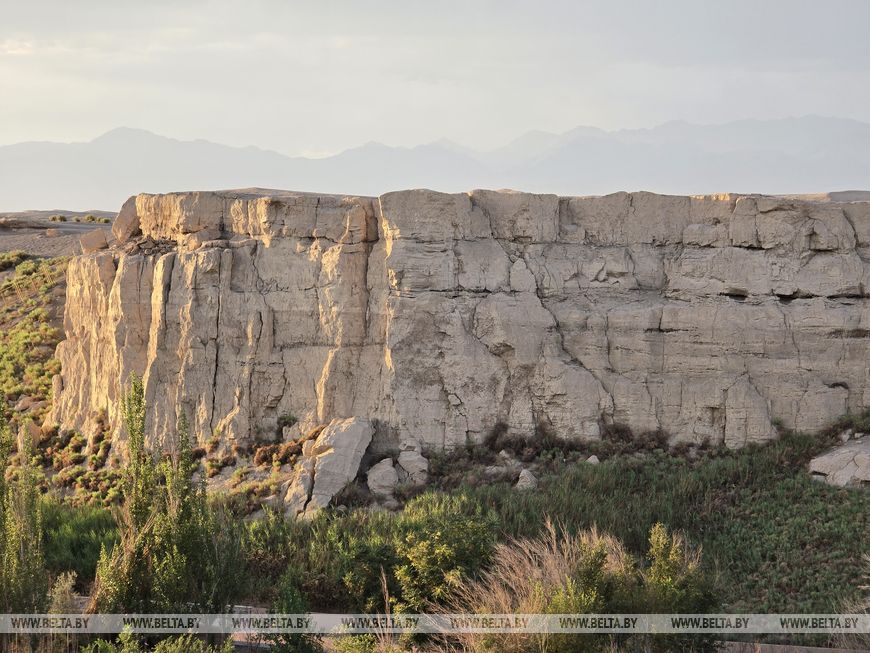
At the crossroads of Chinese and Uyghur cultures
Still, air temperatures soaring over 40°C don’t mean that life in Turpan grinds to a halt during the day. On nearly every corner, you can spot vendors selling fruits, berries, dates, watermelons, melons, durians. The first thing that catches the eye is the unique blend of two cultures. Chinese and Uyghur traditions merge into a synthesis. On streets adorned with the familiar Chinese lanterns, you will see Uyghurs dressed in unexpectedly vibrant, even flamboyant, clothing.
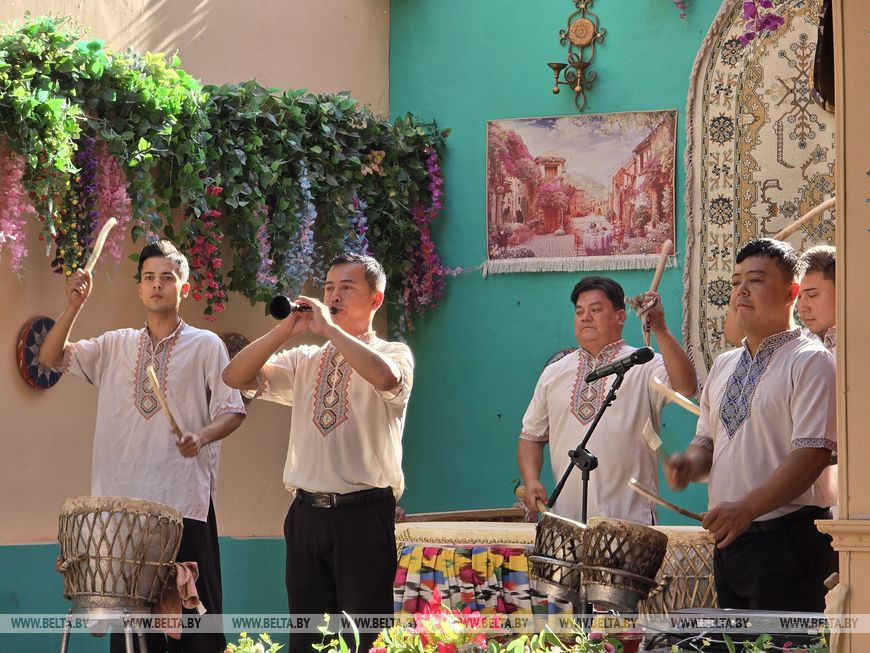
Turpan also has museums. One of them offers a detailed look at the Turpan water system, also known as the karez. It is a sprawling network of underground hydrological structures that combines a water supply and irrigation system. A leisurely stroll through the cool tunnels can take quite some time. It is the perfect way to escape the heat while also learning about ancient Uyghur household items.
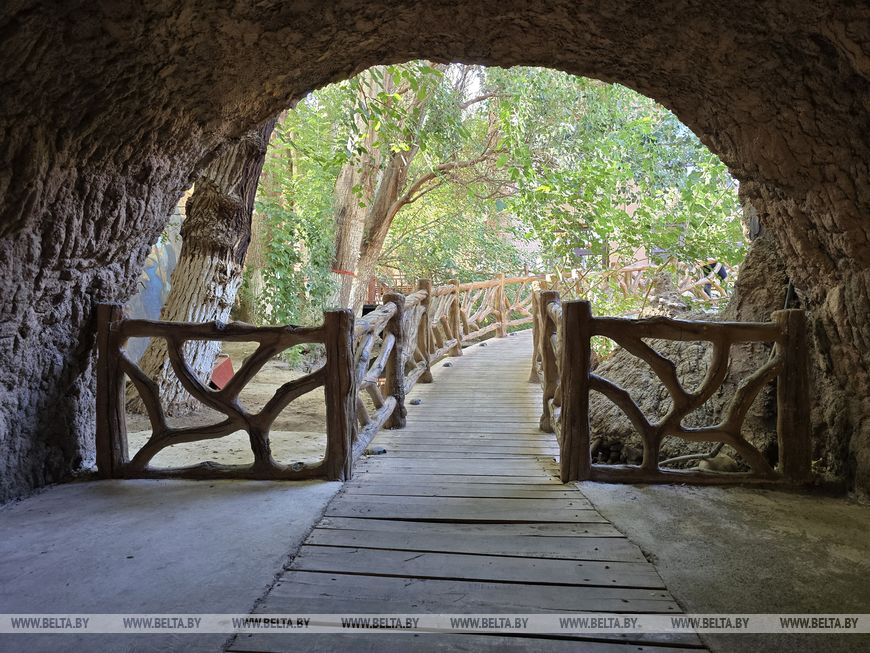
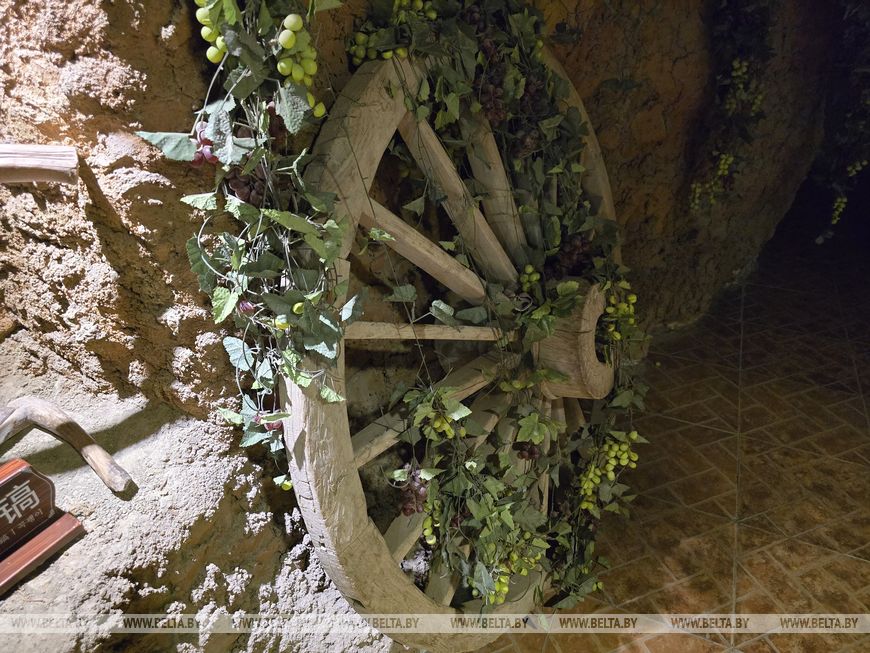
By the way, it is the Uyghurs themselves who welcome tourists at the tunnel entrances with songs and dances, inviting anyone willing to join in. And it is hard to resist: the traditional Uyghur rhythms are incredibly infectious. More on Uyghur culture and traditions will be covered in upcoming reports: trust me, it is definitely worth your attention.
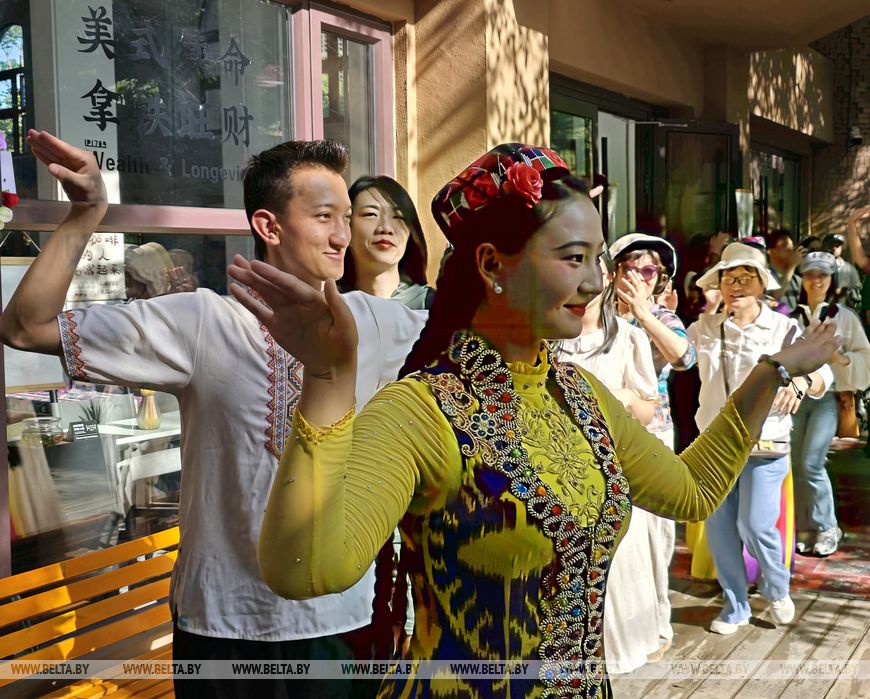
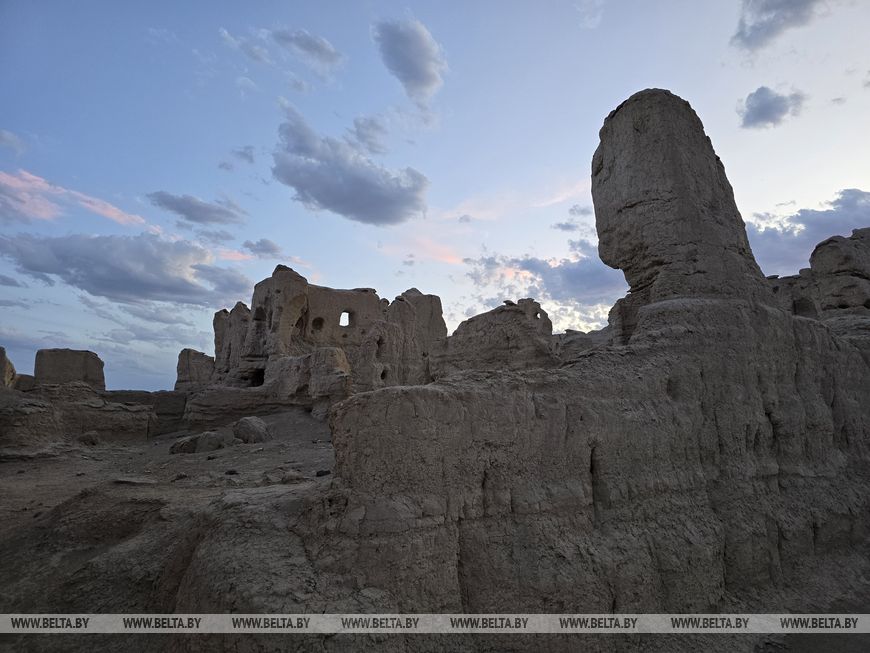
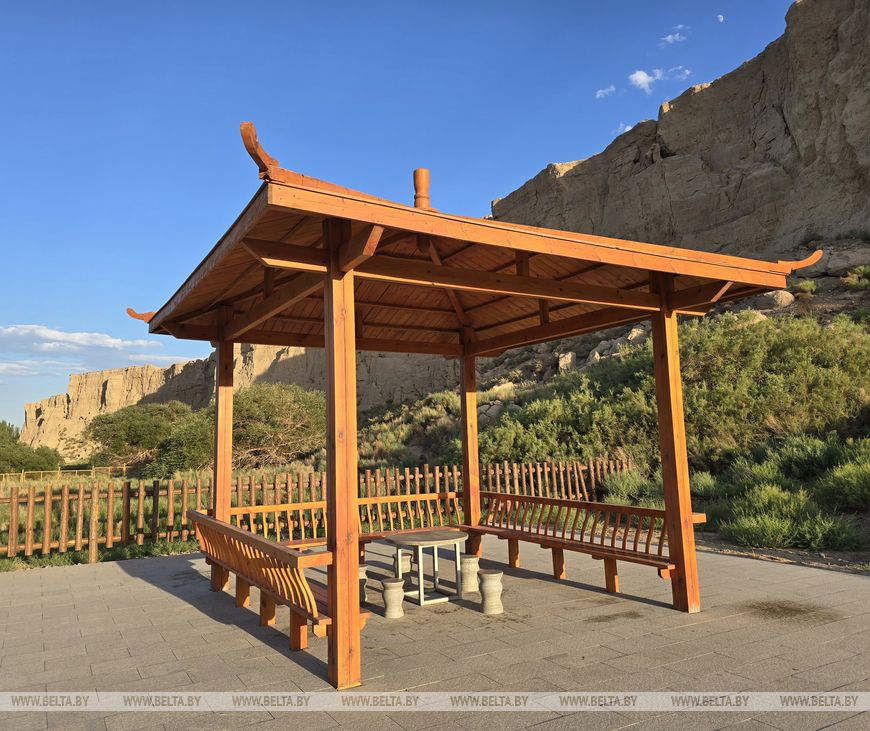
Andrei VOROPAI,
Photos by the author,
BelTA













